Researchers decode the secret of bears in pursuit of new treatment against blood clots
Researchers at Aarhus University have used unconventional methods and spent 13 years mapping the hibernating bear's defence against blood clots. This could be the first step towards a new type of medication without side effects.
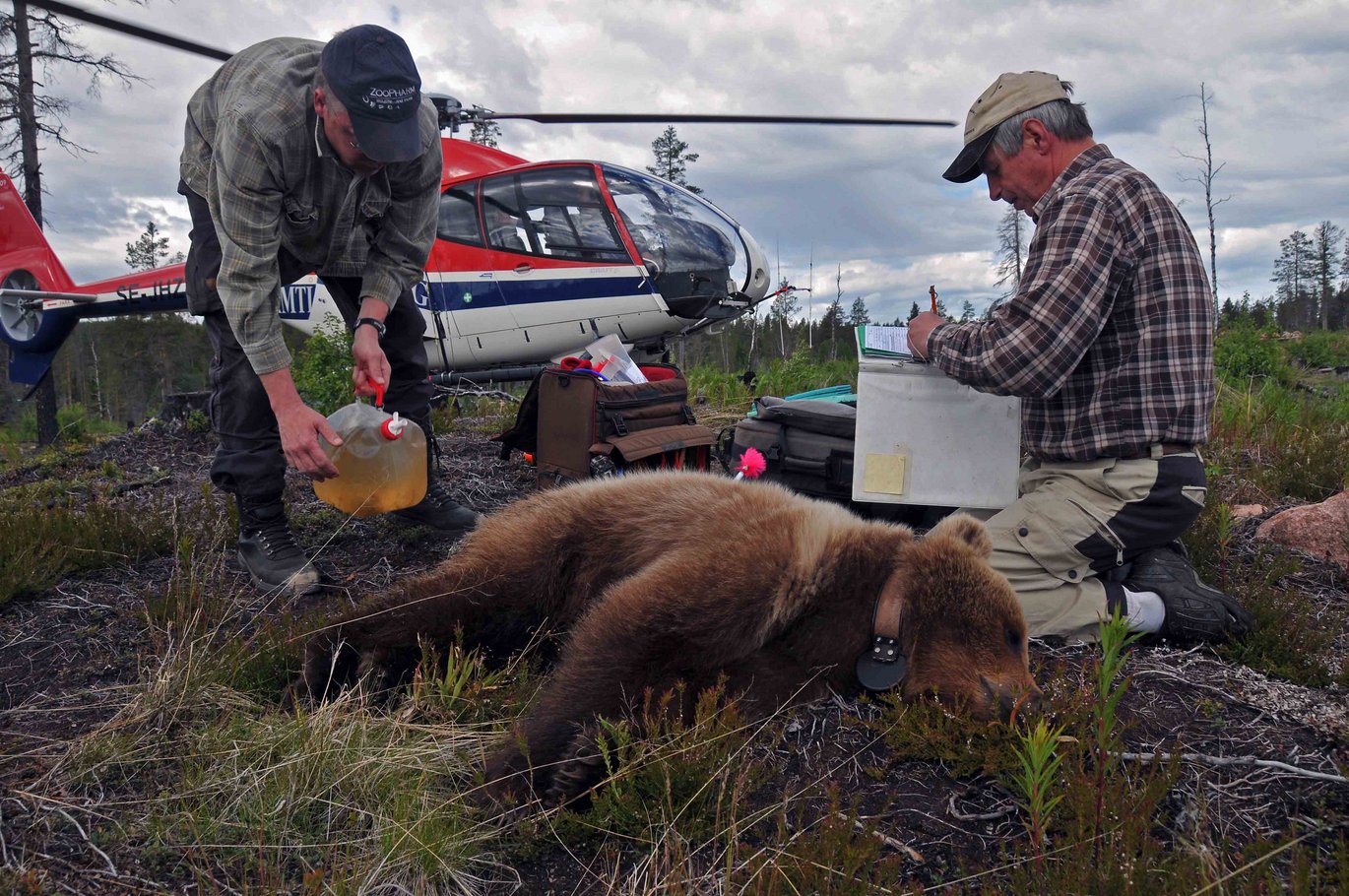
For most people, prolonged inactivity is associated with an increased risk of developing blood clots due to limited blood flow in the veins. But why doesn't the same apply to bears that, with a resting heart rate of ten beats per minute, sleep through the winter months without moving at all?
This wonder more than 13 years ago led a team of researchers from Aarhus University, Aarhus University Hospital, and a group of German researchers to embark on an unusual research project - the goal was to decode the bear's secret.
Now, they have finally succeeded, and it turns out that the answer lies in a particular protein that normally helps fight inflammatory conditions in the body and ensures that blood clots when bleeding occurs.
"This protein is the key to a natural mechanism to protect the body against blood clots when it cannot move. This finding is very exciting as it has the potential to be of great importance for people at risk of developing blood clots due to inactivity," explains Professor Ole Frøbert of the Department of Clinical Medicine at Aarhus University.

Clotting blood platelets
Together with the team of researchers, he has previously demonstrated that the bear's blood platelets, which are essential for the development of blood clots, are less likely to stick together in the winter. To find the explanation for the less sticky blood platelets, the researchers took blood samples from wild bears in Sweden and compared the results between summer and winter.
"By meticulous examination of proteins from blood platelets, we discovered that the protein HSP47 was almost absent in the winter. And when we examined mice in which the gene that produces HSP47 was removed, we saw that the mice were hardly able to form blood clots," explains Ole Frøbert.
All bears have been sedated in connection with the studies, which are approved by the animal ethics authorities.
Treatment without side effects?
The question is whether it is possible to transfer the bear's natural mechanism to human physiology and, for example, activate it in patients who are forced to prolonged inactivity - e.g. people who are paralyzed due to spinal cord injuries.
There are already several drugs that are widely used to prevent blood clots. The common feature of all of them is that they are associated with the risk of bleeding, which can be life-threatening.
Therefore, Ole Frøbert sees great prospects for the development of new drugs against blood clots based on the findings of the study.
"There are many mechanisms that regulate blood coagulation, and we have demonstrated yet another. Since we have succeeded in downregulating HSP47 with gene manipulation in mice, we believe that the new mechanism may open up the development of a new type of gentle, preventive treatment with significantly lower risk of bleeding and other side effects," he says.
(The article continues beneath the photo)
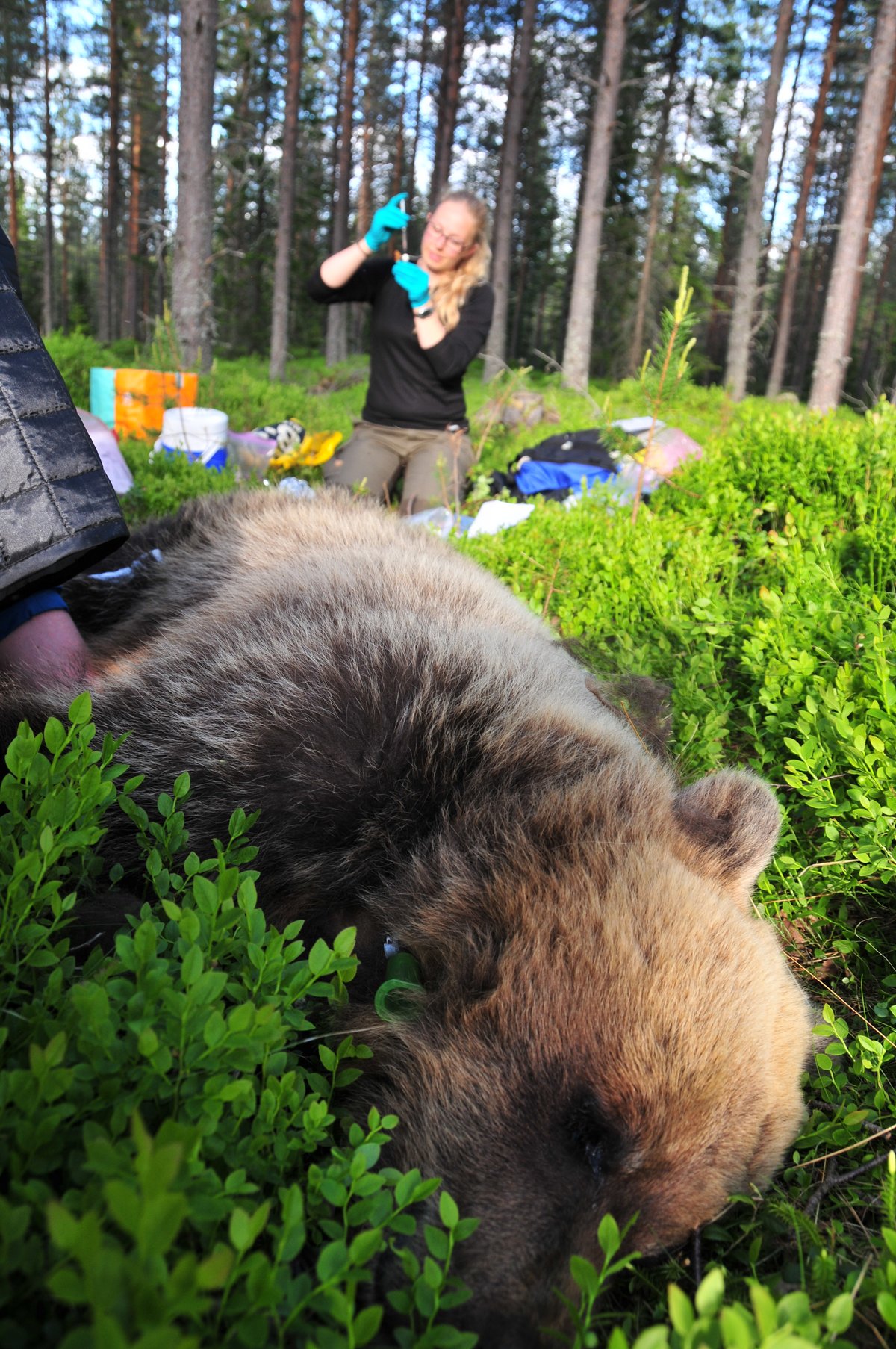
Further research in the field will include, among other things, studies of whether certain patients spontaneously activate downregulation of the HSP47 protein, as these will not require blood-thinning medication, for example, after a stroke.
"We are also continuing our research on the bear model, as it may potentially prove to be a Swiss Army knife with solutions to a wide range of major challenges. Currently, we are working to understand why bears - unlike inactive humans - do not lose muscle mass during hibernation," explains Ole Frøbert.
You can read more about the study, which has just been published in the journal Science, here:
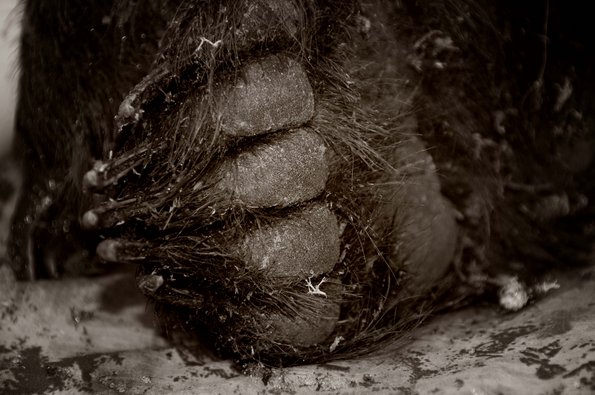
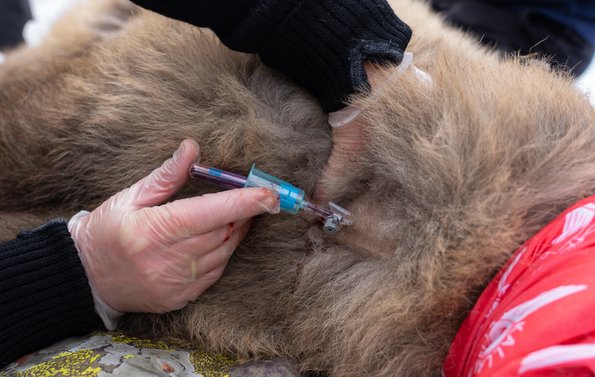
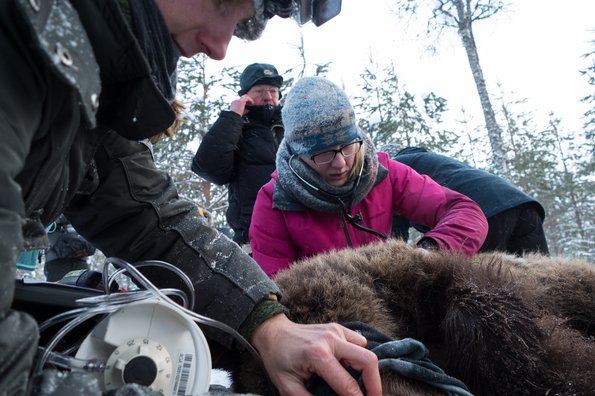
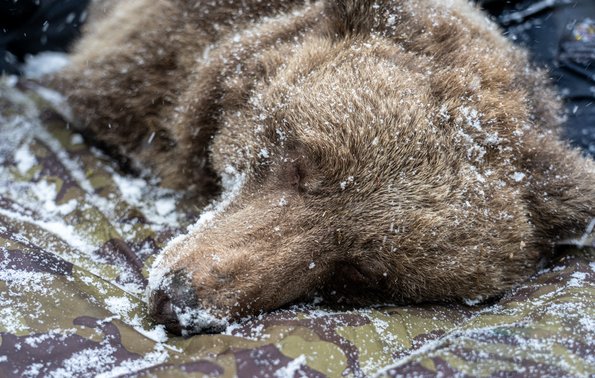
About the study
- Study type: Basic research. Translational research.
- Collaborators: Department of Cardiology, LMU Munich; Max Planck Institute Munich; Örebro University Hospital; Scandinavian Brown Bear Research Project; Norwegian Institute for Nature Research. Funding: German Research Foundation; German Excellence Initiative; European Research Council; NASA; Norwegian Environment Agency; and the Swedish Environmental Protection Agency.
- Conflicts of interest: None.
- Link to publication: https://www.science.org/doi/10.1126/science.abo5044
Contact
Professor Ole Frøbert
Department of Clinical Medicine, Aarhus University
olefro@clin.au.dk
+46 730 895 413.